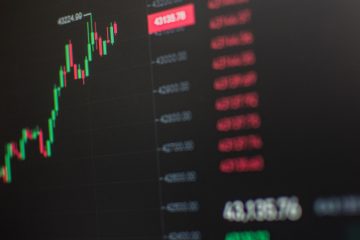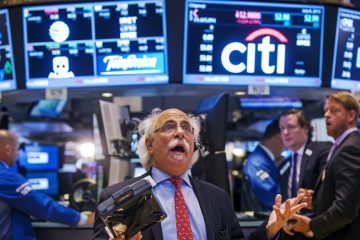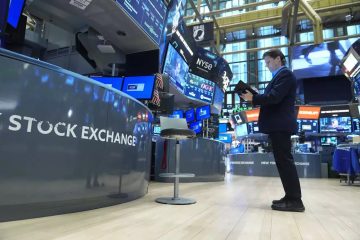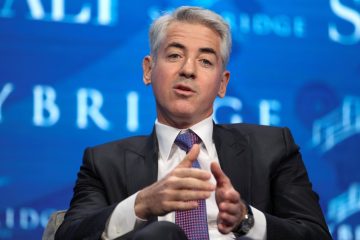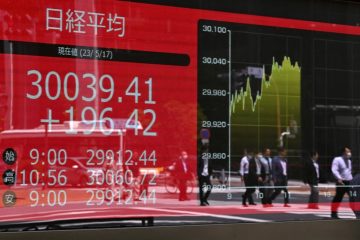Make Market Volatility Great Again? JPMorgan Now Has a Trump Tweet Market Index
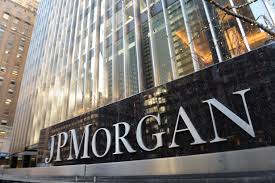
Make market volatility great again? Analysts at JPMorgan Chase & Co. have created an index to gauge the impact of Donald Trump’s tweets on U.S. interest rates, which they say is on the rise.
The ‘Volfefe Index’, named after Trump’s mysterious ‘covfefe’ tweet, suggests that the president’s tweets are having a statistically significant impact on Treasury yields. The number of market-moving Trump tweets has ballooned in the past month, with those including words such as ‘China,’ ‘billion,’ ‘products,’ ‘democrats,’ and ‘great,’ most likely to affect prices, the analysts found.
“Trade and monetary policy have become an increasing focus for the executive branch, and everything from casual sentiments to seemingly formal policy intentions have been disseminated, globally and instantaneously, via this carefully scrutinized social media platform,” analysts led by Josh Younger and Munier Salem wrote. “In response, a broad swath of assets from single-name stocks to macro products have found their price dynamics increasingly beholden to a handful of tweets from the commander in chief.”
The president has averaged roughly 10 tweets a day since the start of 2016, with 10,000 tweets occurring after his inauguration in 2017, according to JPMorgan’s analysis. Trump’s Twitter activity reached a low of five tweets per day heading into his official inauguration, but has picked up substantially since late 2018 — with his highest number of tweets in the past four years occurring in recent months.
JPMorgan’s analysis looked at Treasury yields in the five minutes after a Trump tweet, and the index shows the rolling one-month probability that each missive is market-moving.
They found that the Volfefe Index can account for a “measurable fraction” of moves in implied volatility, seen in interest rate derivatives known as swaptions. That’s particularly apparent at the shorter end of the curve, with two- and five-year rates more impacted than 10-year securities.
JPMorgan isn’t alone in attempting to calculate the impact of the president’s Twitter activity on markets. Analysts at Bank of America Merrill Lynch published a note last week concluding that days where President Trump tweets relatively frequently tend to see negative returns of 9 basis points on average. Days with fewer presidential tweets tend to see positive returns of 5 basis points on average.
Still, the S&P 500 is up more than 35% since Trump won the 2016 election.
More must-read stories from Fortune:
—Deutsche Bank CEO on European Central Bank: “Negative rates ruin the financial system”
—September is historically the worst month for stocks. Will 2019 follow the pattern?
—Why the next recession may feel very different than 2008
—Here’s what it would take to get to “win-win” with China on trade
—”Zombie” companies are on the rise–and they could pose a threat to the U.S. economy



